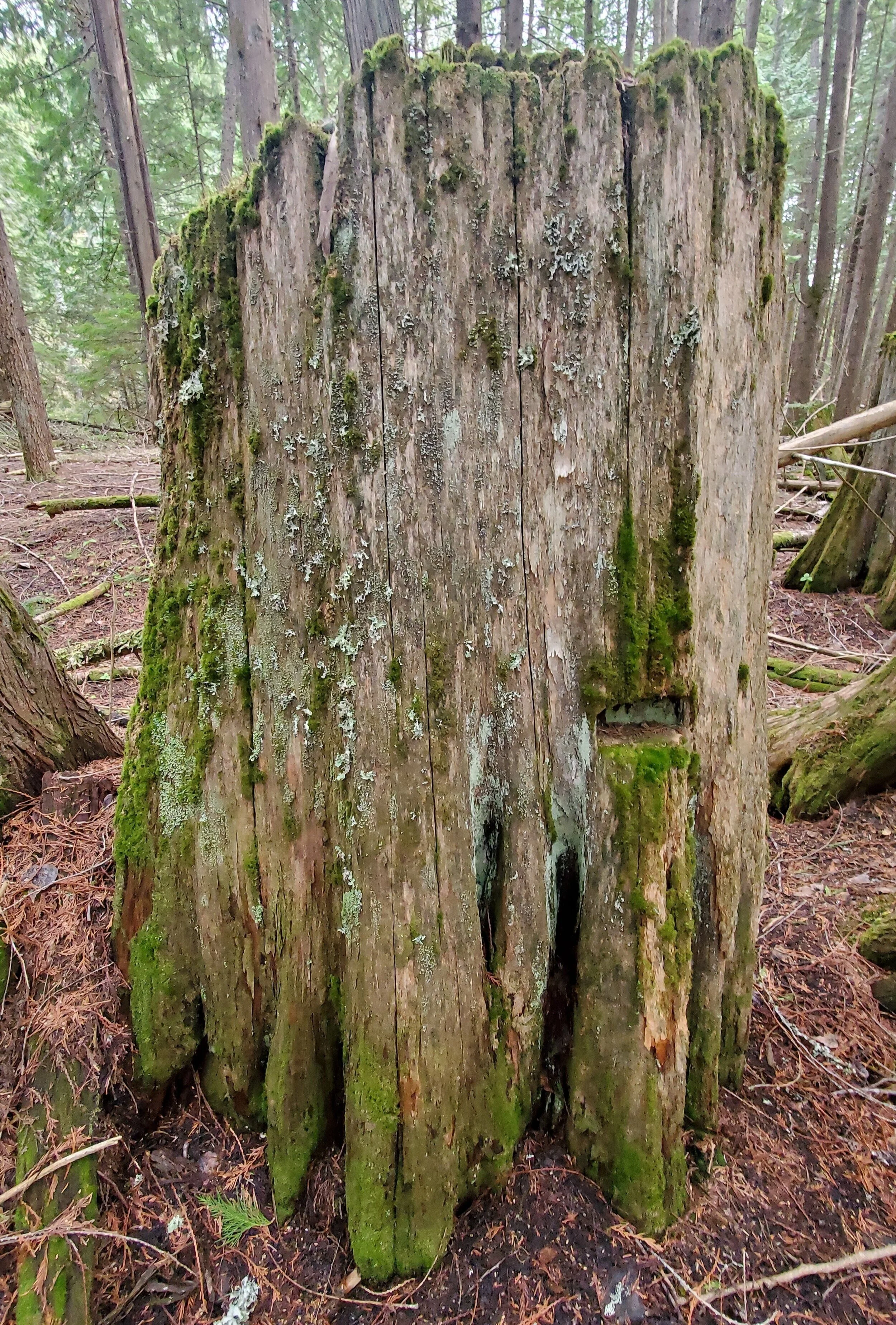These are words that I have never considered saying.
What would I be an expert at? I am not the best, but does being an expert make you the best?
A job application asked me what I was an expert at. At first I was put off by the question because I had never considered myself an expert, perhaps because I had never defined Expert.
After much ruminating on the statement “Tell us what you're an expert at, and then explain how to do it” I have decided that I am an expert in the identification of tree species in the Pacific Northwest, especially the eastern slopes of where I was raised and attended university.
Without an eye for trees, they may all look the same to an inexperienced viewer, while some trees are incredibly unique to the seasoned eye. Most people lay somewhere in the middle of the road for tree identification.
In order to be an expert it requires time, practice and retention. Time to get outside and admire the trees, practice using the tools of tree identification and retention of the techniques to be able to identify trees without them.
I began the practice of identifying trees in high school when I was felling trees and selling the firewood for a summer job. Knowing the species of trees when selling firewood can make hundreds of dollars of difference per cord of wood. Ponderosa Pine, Oregon Oak, Big Leaf Maple. My journey had begun.
In university I studied fire ecology and management where trees are unique in their adaptations and their responses to fires, thus, I learned to identify more trees. It was in my third year dendrology course where I realized I had an aptitude for tree identification. Not only did I excel at tree identification, I could explain to other students how and why I came to a conclusion. By the end of the semester I was able to identify over 100 species of trees and shrubs while boasting a grade over 100% in the class.
During summers I was a wildland firefighter and able to travel to several National Forests, some of which, I was unfamiliar with the local species. It was not long before I had my own tree identification book that I would pack around with me and share my knowledge with the others on my crew. One of my crews gave me a gift, “Plants of the Pacific Northwest Coast” by Pojar and Mackinnon, within the front cover they wrote “To Tyler, Whose passion for learning inspires us all” - Bravo Squad.
Being an expert not only requires time, practice and retention, but passion. A passion to learn outside the classroom, on your own. A passion to teach others and by doing so, learning weaknesses within your knowledge. You must then reassess your knowledge, continue reading, continue practicing, and continue teaching.
I am Tyler Garwood, and I am a Pacific Northwest Tree Identification Expert.


